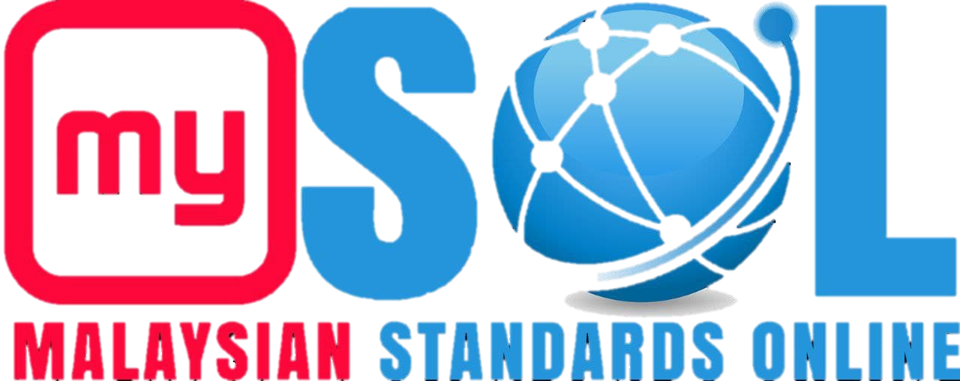CODE OF PRACTICE FOR STRUCTURAL USE OF TIMBER : PART 2 : PERMISSIBLE STRESS DESIGN OF SOLID TIMBER (FIRST REVISION)
MS 544 : PART 2 : 2001Status : Withdrawn
Format : PDF
This Part gives recommendations for the structural use of the malaysian hardwood and softwood timber species in load bearing members. It includes recomm ....Read more
NOT FOR SALE
"Please contact us if you are interested to purchase for reference."METHOD OF SAMPLING TEXTILE FIBRES FOR TESTING
MS 578:1979Status : Withdrawn
Format : PDF
This malaysian Standard specifies several methods for preparing laboratory samples of fibres and presents a limited treatment of the problem of drawing ....Read more
NOT FOR SALE
"Please contact us if you are interested to purchase for reference."MILK AND MILK PRODUCTS - SPECIFICATION OF MOJONNIER-TYPE FAT EXTRACTION FLASKS (ISO 3889:2006, MOD)
MS 1798:2008Status : Original
Format : PDF
This malaysian Standard specifies the characteristics of Mojonnier-type fat extraction flasks for use in gravimetric methods for the determination of fa ....Read more
Sensory evaluation - Part 4: Selection, training and monitoring of selected panellist and expert sensory panellist (First revision)
MS 1499-4:2019Status : 1st Revision
Format : PDF
This malaysian standard specifies criteria for the selection and procedure for the training and monitoring of selected panellists and expert sensory use ....Read more
Islamic and halal principles - Definitions and interpretations on terminology
MS 2393:2013Status : Original
Format : PDF
This malaysian Standard defines the terms used in Islamic and halal related standards
particularly that are of Arabic origins and/or to clearly i ....Read more
Guidelin es for limiting exposure to time-varying electric, magnetic and electromagnetic fields - Part 1 : For frequency 1 Hz to 100 kHz (First revision)
MS 2232-1:2020Status : 1st Revision
Format : PDF
This malaysian Standard specifies the limits of EMF exposure of frequency 1Hz to 100kHz and verification for complying with the limits that will provide ....Read more
Rubber, vulcanized orthermoplastic - Determination of compression set - ICS: 83.060 © Copyright 2020 DEPARTMENT OF STANDARDS malaysia Descriptors: rubber, vulcanized rubber, thermoplastic rubber, compression set, low temperature Part 2: At low temperatures (Second revision) (ISO 815-2:2019, IDT)
MS ISO 815-2:2020Status : 2nd Revision
Format : PDF
This document specifies two methods for the determination of the compression set characteristics of vulcanized and thermoplastic rubbers at low temperatures.
Method 1 derives from the methodolog ....Read more
Conducting and dissipative rubbers, vulcanized or thermoplastic - ICS: 83.060 © Copyright 2020 DEPARTMENT OF STANDARDS malaysia Measurement of resistivity (Second revision) (ISO 1853:2018, IDT)
MS ISO 1853:2020Status : 2nd Revision
Format : PDF
This document specifies the requirements for the laboratory testing of the volume resistivity of specially prepared test pieces of vulcanized or thermoplastic rubber compounds rendered conducting or d ....Read more
Measurement of fluid flow in closed conduits - Ultrasonic transit-time meters for liquid
MS 2645:2020Status : Original
Format : PDF
This malaysian Standard specifies requirements and recommendations for ultrasonic liquid flowmeters, which utilize the transit time of ultrasonic signal ....Read more
Laminated bamboo - Specifications for general use
MS 2693:2020Status : Original
Format : PDF
This malaysian Standard specifies requirements for laminated bamboo used in general applications. This standard includes requirements for the bamboo str ....Read more
